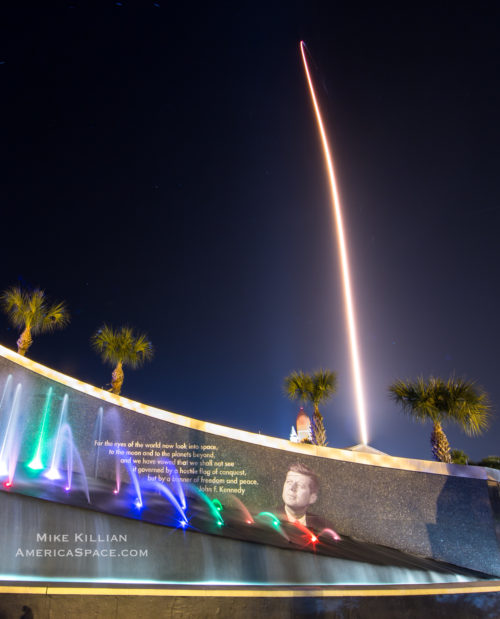
America’s decade-long effort to develop commercial vehicles to restore U.S. crew access to the International Space Station (ISS) following the retirement of the Space Shuttle fleet drew one step closer to fruition earlier this morning (Saturday, 2 March), when a SpaceX Falcon 9 booster roared aloft from historic Pad 39A at the Kennedy Space Center (KSC) in Florida.
Laden with “Demo-1”, an unpiloted test-flight of the Crew Dragon spacecraft which will henceforth ferry U.S. astronauts and international partners to the ISS, the mission took flight at 2:49 a.m. EST and is presently targeted to dock autonomously at International Docking Adapter (IDA)-2, on the forward end of the station’s Harmony node, on Sunday morning.
“Today’s successful launch marks a new chapter in American excellence, getting us closer to once again flying American astronauts on American rockets from American soil,” said NASA Administrator Jim Bridenstine. “I proudly congratulate the SpaceX and NASA teams for this major milestone in our nation’s space history. This first launch of a space system designed for humans, and built and operated by a commercial company through a public-private partnership, is a revolutionary step on our path to get humans to the Moon, Mars and beyond.”
“I’d also like to express great appreciation for NASA,” said Elon Musk, CEO and lead designer at SpaceX. “SpaceX would not be here without NASA, without the incredible work that was done before SpaceX even started and without the support after SpaceX did start.”
As detailed in AmericaSpace’s two-part Crew Dragon preview/history feature—available here and here—it has been a long and tortured journey to bring SpaceX from an initial Round 2 winner of funding under the Commercial Crew Development (CCDev) initiative, way back in April 2011, to becoming a contract recipient of the Commercial Crew integrated Capability (CCiCap) in August 2012 and eventually, alongside Boeing, beginning the actual effort to develop, build and certify its spacecraft under the Commercial Crew transportation Capability (CCtCap) agreements in September 2014.
Efforts to get SpaceX’s Crew Dragon and Boeing’s CST-100 Starliner airborne, originally by late 2017, ultimately proved impossible, due to technical issues and Congressional underfunding. This required NASA to continue contracting with Russia for seats aboard its venerable Soyuz spacecraft, to ensure continued U.S. crew access to the ISS during the longest “gap” in American human spaceflight capability in history. By the time the first piloted Crew Dragon launches, possibly as soon as July 2019, a full eight years will have elapsed since the final shuttle flight back in July 2011. The previous longest gap was five years and nine months, before Apollo-Soyuz in July 1975 and the first flight of the shuttle program in April 1981.
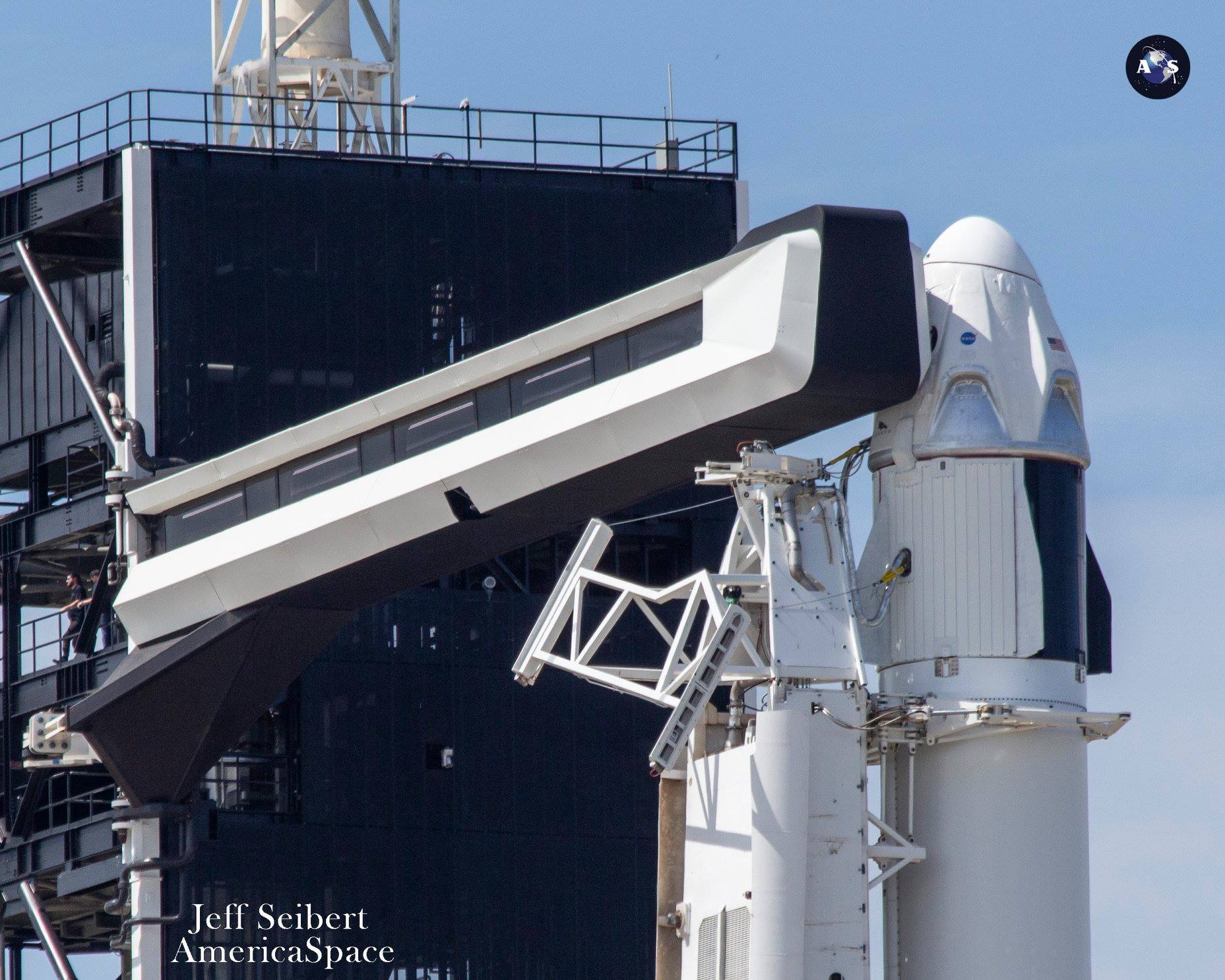
Notwithstanding these many delays, in early January 2019 the 230-foot-tall (70-meter) Upgraded Falcon 9 was transported from its Horizontal Integration Facility (HIF) to historic Pad 39A, which to date has seen more than a hundred launches, comprising all but one of the Apollo lunar voyages, seen off dozens of shuttle crews—including the first in April 1981 and the last in July 2011—and a raft of SpaceX commercial missions, notably last year’s inaugural flight of the Falcon Heavy.
On 24 January, the Upgraded Falcon 9’s nine Merlin 1D+ first-stage engines ignited in a customary Static Fire Test, lasting just a handful of seconds, to complete a significant hurdle ahead of launch. The booster was then returned to a horizontal configuration and transported back to the integration facility. At that time, liftoff of Demo-1 was provisionally targeted for no sooner than 23 February, although a subsequent NASA update confirmed 2 March as the projected launch date. This was confirmed last week at the conclusion of the NASA-SpaceX Flight Readiness Review (FRR).
A final Launch Readiness Review (LRR) on Wednesday, 27 February produced a definitive “Go for Launch” and on Thursday the Falcon 9—with the Demo-1 Crew Dragon spacecraft sitting, bullet-like, at its tip—was returned to Pad 39A for final pre-flight preparations.
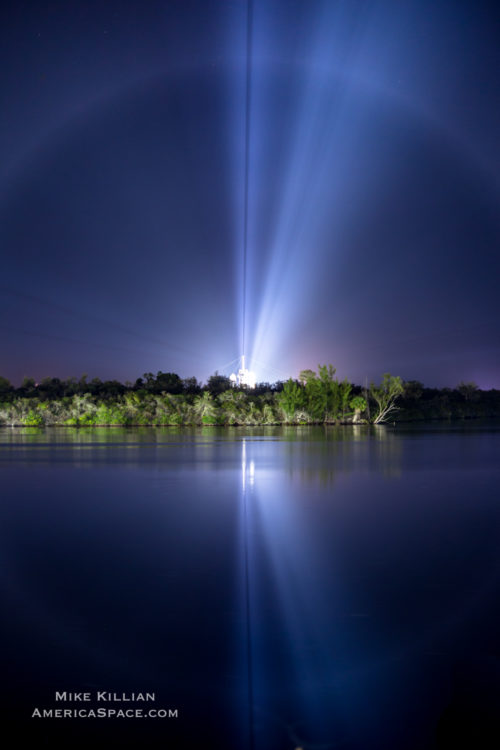
For the opening launch attempt in the wee hours of Saturday, the USAF 45th Space Wing at Patrick Air Force Base identified an 80-percent likelihood of acceptable conditions, so both SpaceX and NASA teams aimed confidently for Saturday morning’s opening attempt.
Liftoff occurred on time at 2:49 a.m. EST, piercing the middle-of-the-night stillness at KSC. SpaceX controlled the launch of the Falcon 9 rocket from Kennedy’s Launch Control Center Firing Room 4, the former space shuttle control room, which SpaceX has leased as its primary launch control center. As Crew Dragon ascended into space, SpaceX commanded the Crew Dragon spacecraft from its mission control center in Hawthorne, California. NASA teams will monitor space station operations throughout the flight from Mission Control Center at the agency’s Johnson Space Center in Houston.
Two minutes into the flight, the rocket’sfirst-stage core separated from the rapidly-ascending stack and commenced its descent to a smooth touchdown on the Autonomous Spaceport Drone Ship (ASDS), nicknamed “Of Course I Still Love You”, situated offshore in the Atlantic Ocean. It was SpaceX’s 23rd successful droneship landing in 25 attempts since April 2016.
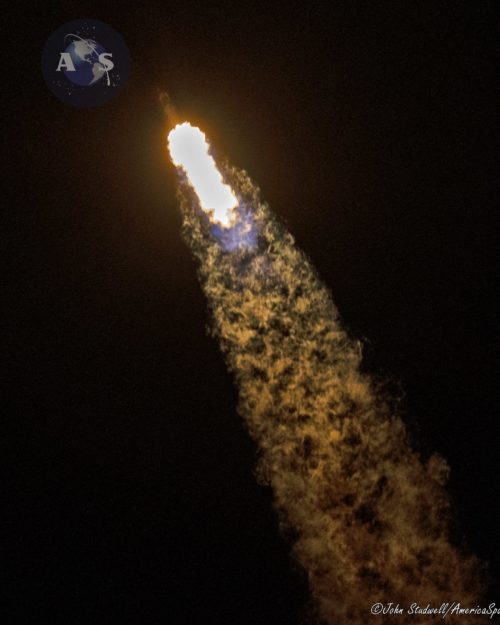
Having shed its first stage, the Upgraded Falcon 9’s second stage—powered by a single Merlin 1D+ Vacuum engine—continued uphill, delivering the Demo-1 spacecraft directly into low-Earth and onto a single-day, 18-orbit approach and rendezvous profile. Twelve minutes into the flight, Crew Dragon’s protective nosecone was opened, revealing its docking mechanism.
As outlined by NASA Associate Administrator for Human Exploration and Operations William Gerstenmaier at the post-FRR media conference on 22 February, the single-day rendezvous has been designed to best accommodate in-flight thermal constraints on the Crew Dragon. However, NASA’s Dan Huot told AmericaSpace that rendezvous profiles for both Crew Dragon and Boeing’s CST-100 Starliner on subsequent missions are “expected to be shorter” and certainly “faster than 24 hours”.
Rendezvous will carry some similarities and some differences from previous unpiloted cargo Dragon missions. Those flights typically approached the station from “below”, along the so-called “R-Bar” (“Earth Radius Vector”), which allowed them to utilize natural gravitational forces and braking and reduced the need for excessive thruster firings.
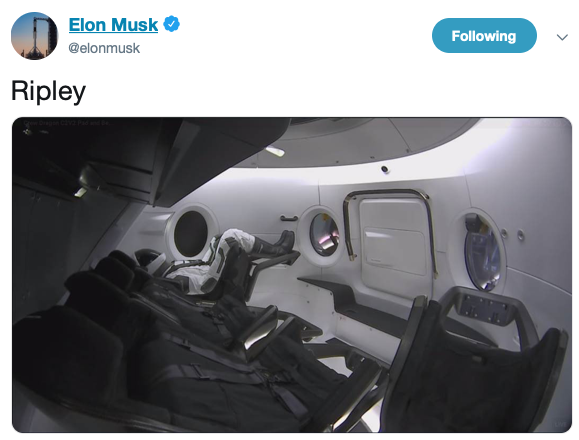
Crew Dragon will also approach from below, but will then move “ahead” of the space station, moving onto the “V-Bar” (“Velocity Vector”) to achieve a final approach and docking at IDA-2. “This will initially approach to a spot on the R-Bar and then swing around to the V-Bar,” Mr. Huot told AmericaSpace. “You minimize risk and maximize abort chances when you’re doing minimal maneuvering while close to the station.”
All told, NASA anticipates nine thruster “burns” from orbit insertion through to the final approach initiation-midcourse burn, which will occur at a point 1.5 miles (2.5 km) “below” and 4.3 miles (7 km) “behind” the ISS. “Final major rendezvous burn is the approach initiation burn,” Mr. Huot explained, “which occurs while still outside the approach ellipsoid.”
Sunday’s autonomous docking will represent the first time that the PMA-2 interface at the forward end of the Harmony node has been used to receive a visiting vehicle since STS-135, the final mission of the Space Shuttle Program, way back in July 2011. Crew involvement in preparing PMA-2 for its impending visitor has been relatively limited. “Crew hasn’t done much, besides pre-position any equipment or procedures needed for vestibule pressurization,” Mr. Huot explained. “We’re doing a [ground-commanded] robotic survey using the arm outside…to do a final look at the IDA before the mission.”
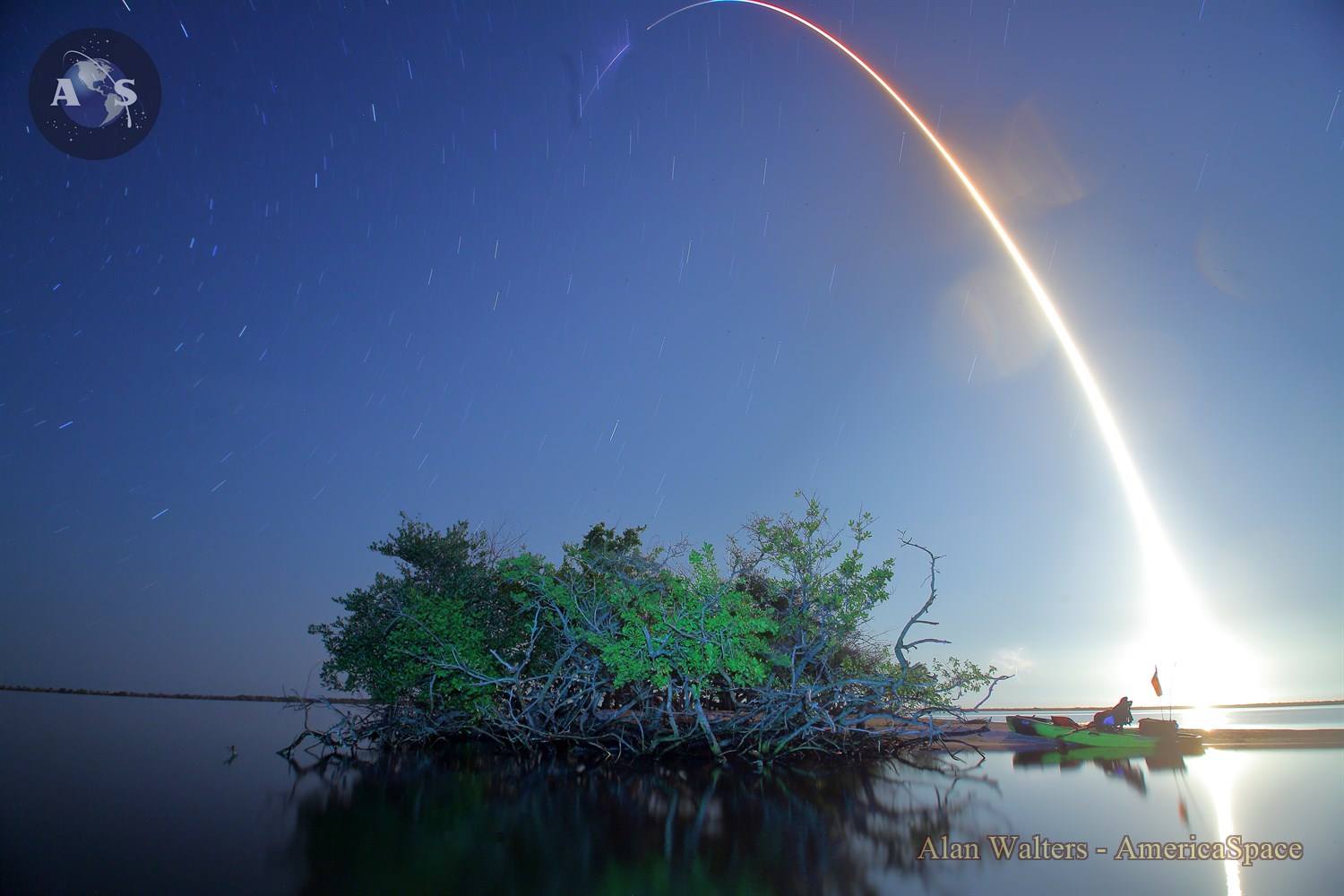
During its five days linked to the space station, Crew Dragon will be subjected to external photo-documentation, via Canadarm2, and internal inspections by the Expedition 58 team, who will focus specifically upon its habitability and the condition of its windows. Some 400 pounds (180 kg) of supplies and equipment are aboard, packed behind the Crew Dragon’s seats in a designated cargo area. This comprises a set of radiation monitors, together with cold bags for returning science specimens and assorted crew supplies, which include clothes, hygiene items and food for Kononenko, Saint-Jacques and McClain.
Assuming an on-time docking, hatch closure will occur around midday EST on Thursday, 7 March, after which the spacecraft will undock from the ISS at about 2:30 a.m. EST on Friday 8th. It will perform a deorbit burn several hours later, with a targeted splashdown point in the Atlantic Ocean, a couple hundred miles off Florida, at around 8:45 a.m. EST. As described by Mr. Gerstenmaier, the early-hours landing is dictated in part by the requirement for adequate lighting conditions at the splashdown point, to enable satisfactorily observation of parachute deployment and Crew Dragon recovery operations.
Mr. Huot also added that the Demo-1 mission is shorter than originally planned, as all of its required objectives can be accommodated within a shorter timespan. “The primary objectives around this flight,” he told AmericaSpace, “center on launch/re-entry and landing, followed by rendezvous and docking/undocking departure.”
Watch arrival and docking LIVE HERE!
.
.
.
FOLLOW AmericaSpace on Facebook and Twitter!
.
.
.
Missions » ISS » CCDev » DM-1 »



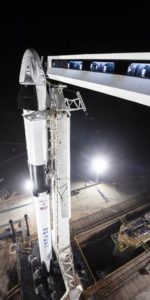
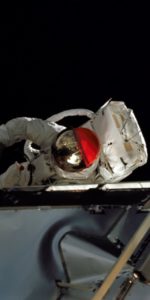
2 Comments
2 Pings & Trackbacks
Pingback:Astronauts Welcome Crew Dragon on Maiden Arrival to Space Station « AmericaSpace
Pingback:Spacewalkers Install IDA-3 for SpaceX & Boeing; ISS Ready for Commercial Crews « AmericaSpace